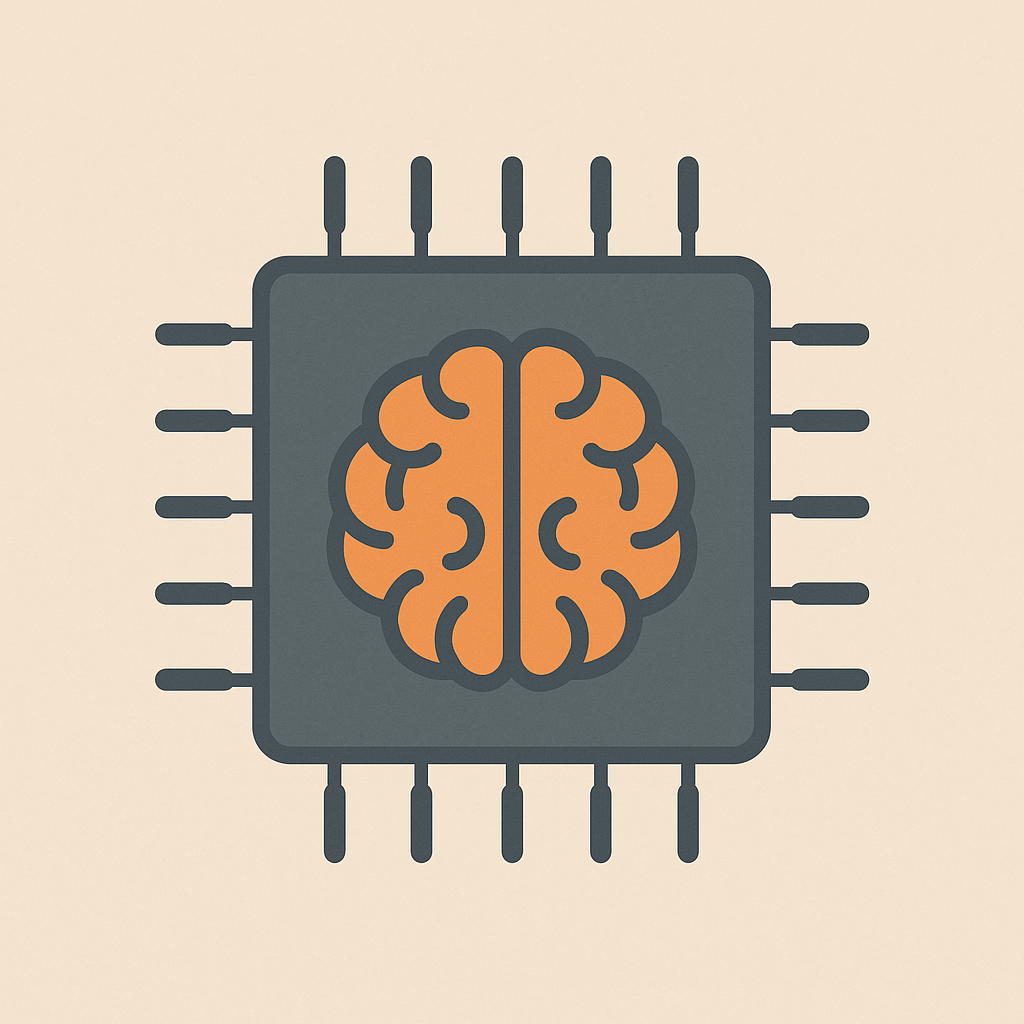CPU
hardware computing processors
What is a CPU?
A CPU (Central Processing Unit) is the main chip in a computer that does most of the work.
It follows instructions to perform calculations, move data around, and control the other parts of the computer.
Simple Analogy
A CPU is like the brain of a computer. Just like your brain helps you think, make decisions, and tell your body what to do, the CPU helps the computer run programs, solve math problems, and tell other parts (like the screen or speakers) what to do.
Key Components
- Cores: Like having multiple brains in one CPU. More cores = doing more things at once.
- Clock Speed: Measured in GHz (gigahertz), this is how fast the CPU can work, like how quickly a person can solve math problems.
- Cache: A small, super-fast memory right on the CPU chip, like a notepad the CPU keeps close by for quick notes.
- Registers: Tiny storage spaces that hold data the CPU is working with right now.
- Instruction Set: The list of commands the CPU knows how to follow.
How It Works
- Fetch: The CPU grabs an instruction from memory
- Decode: It figures out what the instruction means
- Execute: It performs the instruction
- Store: It saves the result
This happens billions of times per second in modern CPUs!
Example
When you play a video game, the CPU is constantly calculating where characters should be, what happens when you press buttons, how objects should move according to physics, and sending instructions to your graphics card about what to display.
